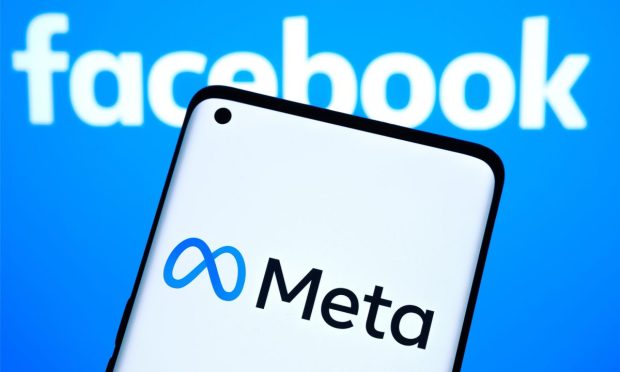Meta Rebrands Facebook Pay to Meta Pay

Meta announced Thursday (June 23) that it is renaming Facebook Pay into Meta Pay, bringing the offering in line with the company’s rebranding that began last year.
In a blog post, the company said users who have previously set up Facebook Pay won’t have to make any changes — they’ll still have the service, just under the new name.
The post said Meta Pay will still let people shop, send money and donate money as they had been before across the various Meta services, including Facebook, Messenger, Instagram and WhatsApp, along with anywhere else the Facebook Pay button would’ve popped up before.
The change will begin in the U.S. and will roll out internationally, although a timeline wasn’t offered by the company. Meta noted that it sees “an incredible opportunity” to work on financial products that connect people with the digital economy.
“It’s important to us that we’re making sending and receiving money as simple, fast and cheap as sending a message to anyone, anywhere,” the company wrote. “And that we’re offering trusted, convenient ways to pay for goods and services anywhere in the world.”
PYMNTS wrote recently that Meta CEO Mark Zuckerberg offered a new overview of four virtual reality (VR) headset prototypes the company is developing.
See also: Zuckerberg Shows off Meta’s VR Progress
Zuckerberg said the goal is to make “displays that are as visual and realistic as the physical world and much more advanced than traditional computer screens we use today.”
One of the prototypes shown is called Butterscotch, which has a resolution of 60 pixels per degree. According to Zuckerberg, this would let one “comfortably read the smallest letters on an eye chart.”
Zuckerberg also said there’s another product in the works looking at “focal depth.” He said this would be different from a normal monitor, which is set a distance away and only lets a user focus on one place.
He said VR and augmented reality (AR) necessitated focusing on things “very close and very far,” and said “eye-tracking” tech could help out with that. In his estimation, they needed to fix “optical distortion” in software quickly enough that people wouldn’t notice.